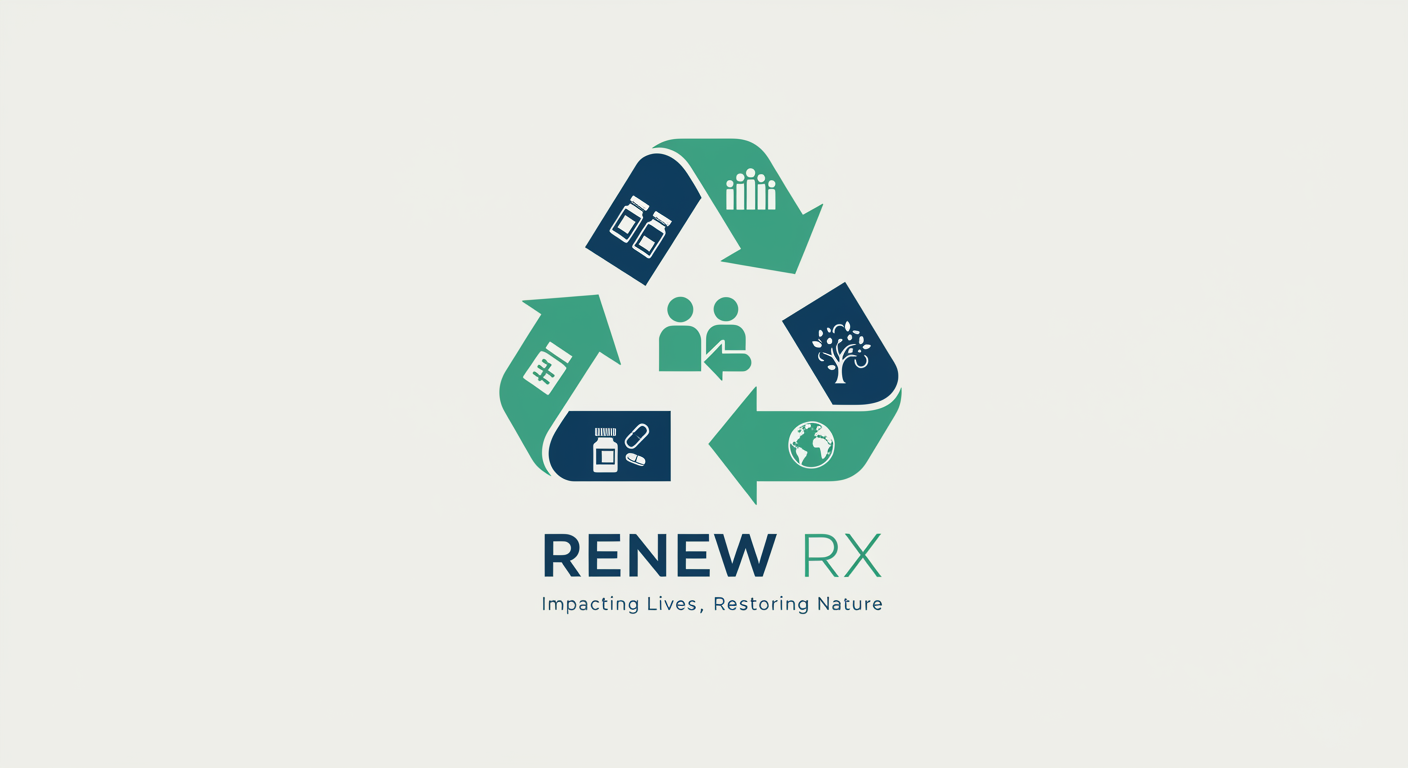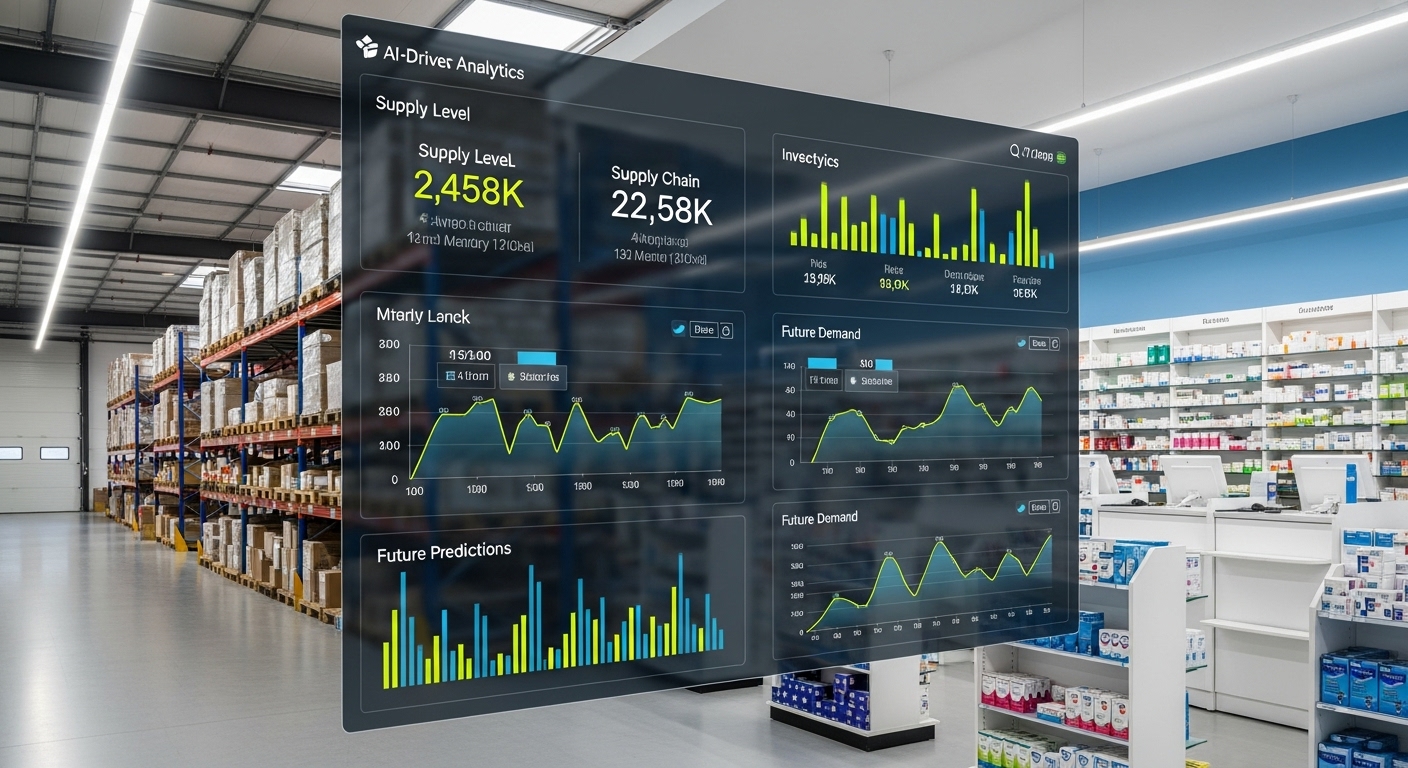Inventory management – the lifeblood of any business dealing with physical goods. However, traditional methods can be sluggish, leading to overstocking, stockouts, and wasted resources. Here’s where Artificial Intelligence (AI) is revolutionizing inventory handling.

Reducing Waste Through Smart Ordering
Imagine a system that predicts demand with uncanny accuracy. AI analyzes past sales data, market trends, and social media buzz, forecasting your needs. The result is:
- Lower holding costs: Limiting unsold items eating away at your capital.
- Reduced spoilage: Effective product management, minimizing waste.
- Eliminating stockouts: With precise predictions, you’ll have the right stock to meet customer needs, preventing lost sales.
Related Article: The Myth of the Long Expiry Date: Why Focus On Smart Sourcing, Not Just Shelf Life

Enhancing Access with Real-Time Visibility
AI provides a bird’s-eye view of your entire supply chain. Imagine tracking inventory movement in real-time, from manufacturing plants to warehouses and pharmacy shelves. The transparency allows for:
- Improved allocation of resources: AI can identify areas with low stock and reroute supplies accordingly, ensuring everyone has what they need.
- Proactive response to disruptions: Unexpected delays or changes in demand? AI can analyze the situation and suggest solutions to minimize disruptions.
- Streamlined logistics: By optimizing delivery routes and warehouse operations, AI ensures goods reach their destinations faster and more efficiently.

AI for a More Sustainable Future
Beyond just business benefits, AI in inventory management contributes to a more sustainable future. By reducing waste and optimizing logistics, AI helps businesses minimize their environmental footprint. Additionally, by ensuring better access to essential goods, AI can play a role in humanitarian efforts and disaster relief.

The Road Ahead
AI is still evolving, but its potential in inventory management is undeniable. As AI algorithms become more sophisticated and data collection improves, we expect even greater efficiency, reduced waste, and improved access to vital resources. The result is a win-win for the pharmaceutical industry, patient

